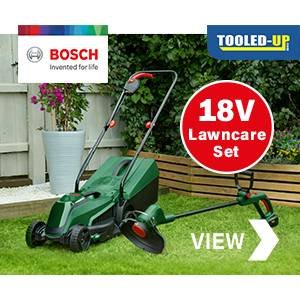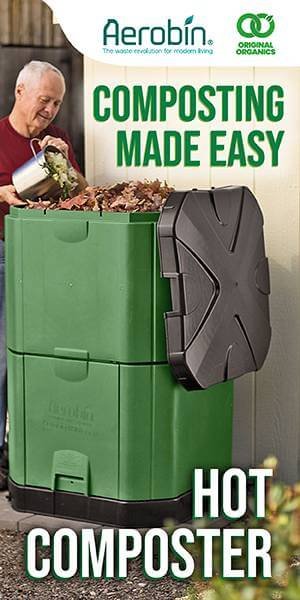Introduction
Welcome to our ultimate guide on how to grow edible figs at home in the UK! Whether you’re an experienced gardener or just starting out, growing figs can be a rewarding and enjoyable experience. In this guide, we will take you through the step-by-step process of cultivating your own fig trees, from selecting the ideal location to harvesting and storing your delicious fruits.
Why Should I Grow Figs?
There are plenty of reasons to grow your own figs. Firstly, homegrown figs are incredibly flavorful and much more delicious than store-bought ones. Secondly, fig trees are beautiful and can enhance the aesthetics of your garden. Lastly, growing your own figs allows you to have a sustainable source of fresh, organic fruit right at your doorstep.
Where is the Ideal Location to Grow Figs?
Figs thrive in warm and sunny locations, so it’s important to choose a spot in your garden that receives at least 6-8 hours of direct sunlight each day. In the UK, it’s best to plant your fig trees against a south-facing wall or in a sheltered area to protect them from cold winds and frost.
Soil Type and Preparing the Soil
Figs prefer well-draining soil with a pH level between 6.0 and 6.5. Before planting, it’s essential to prepare the soil by adding organic matter such as compost or well-rotted manure. This will improve the soil’s fertility and drainage, ensuring your fig trees have the best possible start.
Watering Tips and Hints
While fig trees are drought-tolerant once established, they still require regular watering, especially during dry spells. It’s important to water deeply and thoroughly, ensuring the soil is moist but not waterlogged. Mulching around the base of the tree can help retain moisture and suppress weeds.
Sowing and Planting Figs
When it comes to growing figs, you have two options: planting young fig trees or growing them from seed. Planting young fig trees is the easiest and most reliable method. Choose a healthy sapling from a reputable nursery and plant it in a hole that is twice as wide and deep as the root ball. Backfill the hole with soil, firm it gently, and water thoroughly.
How to Grow Figs from Seed
If you’re feeling adventurous, you can try growing figs from seed. Start by collecting ripe figs and extracting the seeds. Soak the seeds in water for 24 hours to remove any pulp. Sow the seeds in a pot filled with well-draining soil, keeping them moist but not waterlogged. With patience and care, the seeds will germinate, and you can transplant the seedlings into larger pots or directly into the ground.
How to Plant Out Figs – General Care for Figs
Once your fig tree is established, it requires minimal care. Prune your tree in late winter or early spring to remove any dead or damaged branches and to maintain its shape. Apply a balanced organic fertilizer in spring and mulch around the base of the tree to suppress weeds and conserve moisture. Regularly check for pests and diseases, and take prompt action if necessary.
How to Harvest Figs – How to Store Figs
Figs are ready for harvest when they are soft to the touch and have a rich color. Gently twist the fruit to detach it from the tree, being careful not to damage the delicate skin. Figs are best enjoyed fresh, but if you have a surplus, they can be stored in the refrigerator for up to a week. Alternatively, you can dry or freeze them for longer-term storage.
Problems in Growing Figs – Common Pests and Diseases
While fig trees are generally resistant to pests and diseases, they can still encounter a few issues. Common pests include aphids, scale insects, and spider mites. To prevent and control infestations, regularly inspect your trees and use organic pest control methods if necessary. Diseases such as root rot and leaf spot can be minimized by ensuring proper drainage and good air circulation around the tree.
Where to Buy Figs – Best Fig Varieties to Grow and Why?
You can purchase fig trees from reputable nurseries or online garden centers. Choose varieties that are well-suited to the UK climate, such as ‘Brown Turkey’ or ‘Brunswick’. These varieties are known for their excellent flavor and reliable fruit production. Consider your personal taste preferences and desired fruit characteristics when selecting the best fig variety for your garden.
What Tools Will I Need to Grow Figs?
Growing figs doesn’t require any specialized tools. However, a few essentials will make your gardening tasks easier. These include a garden spade or shovel for planting, a pair of pruning shears for maintenance, a watering can or hose for watering, and a garden fork for soil preparation. Additionally, having a good quality mulch and organic fertilizer on hand will help nourish your fig trees.
Conclusion
Growing figs at home in the UK is a delightful and rewarding experience. By following the steps outlined in this guide, you’ll be able to enjoy a bountiful harvest of delicious figs right from your own garden. Remember to provide the ideal growing conditions, care for your trees, and promptly address any issues that may arise. Happy fig growing!
Frequently Asked Questions
Q: Can I grow figs in containers or pots?
A: Yes, figs can be grown successfully in containers or pots, making them a great option for small gardens or balconies.
Q: Can I grow figs indoors in the UK?
A: While it’s possible to grow figs indoors, they require a lot of sunlight and space. It’s best to provide them with a greenhouse or a conservatory environment.
Q: How long does it take for a fig tree to bear fruit?
A: Fig trees typically start bearing fruit within 2-3 years of planting, although this can vary depending on the variety and growing conditions.
Q: Can I propagate fig trees from cuttings?
A: Yes, fig trees can be propagated from hardwood cuttings taken in late winter or early spring. Dip the cuttings in rooting hormone and plant them in well-draining soil.
SEO Rich Excerpt:
Keywords: growing figs, growing figs uk, growing figs from seed, growing figs in containers, growing figs in pots, growing figs indoors uk, growing figs in greenhouse.




































